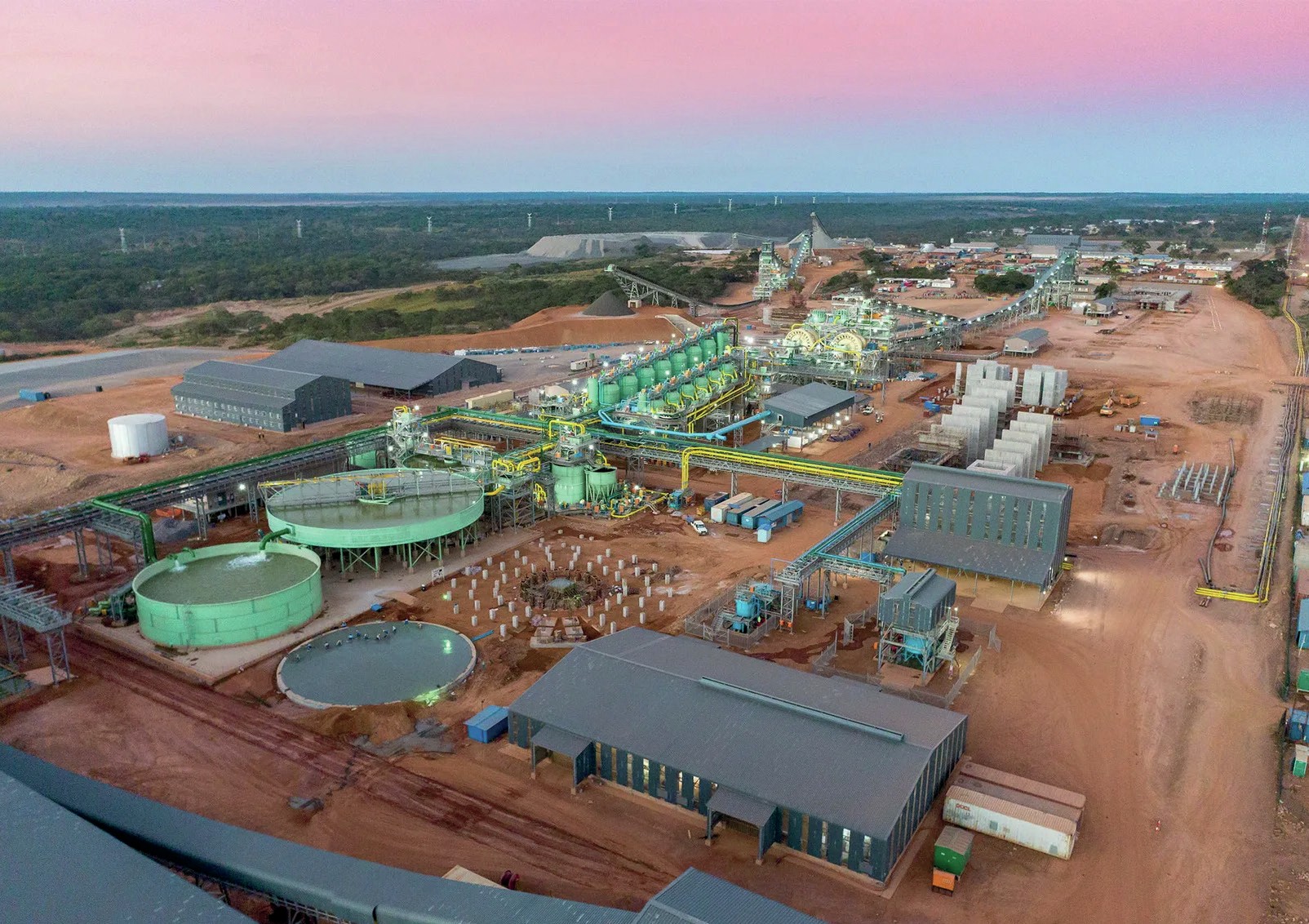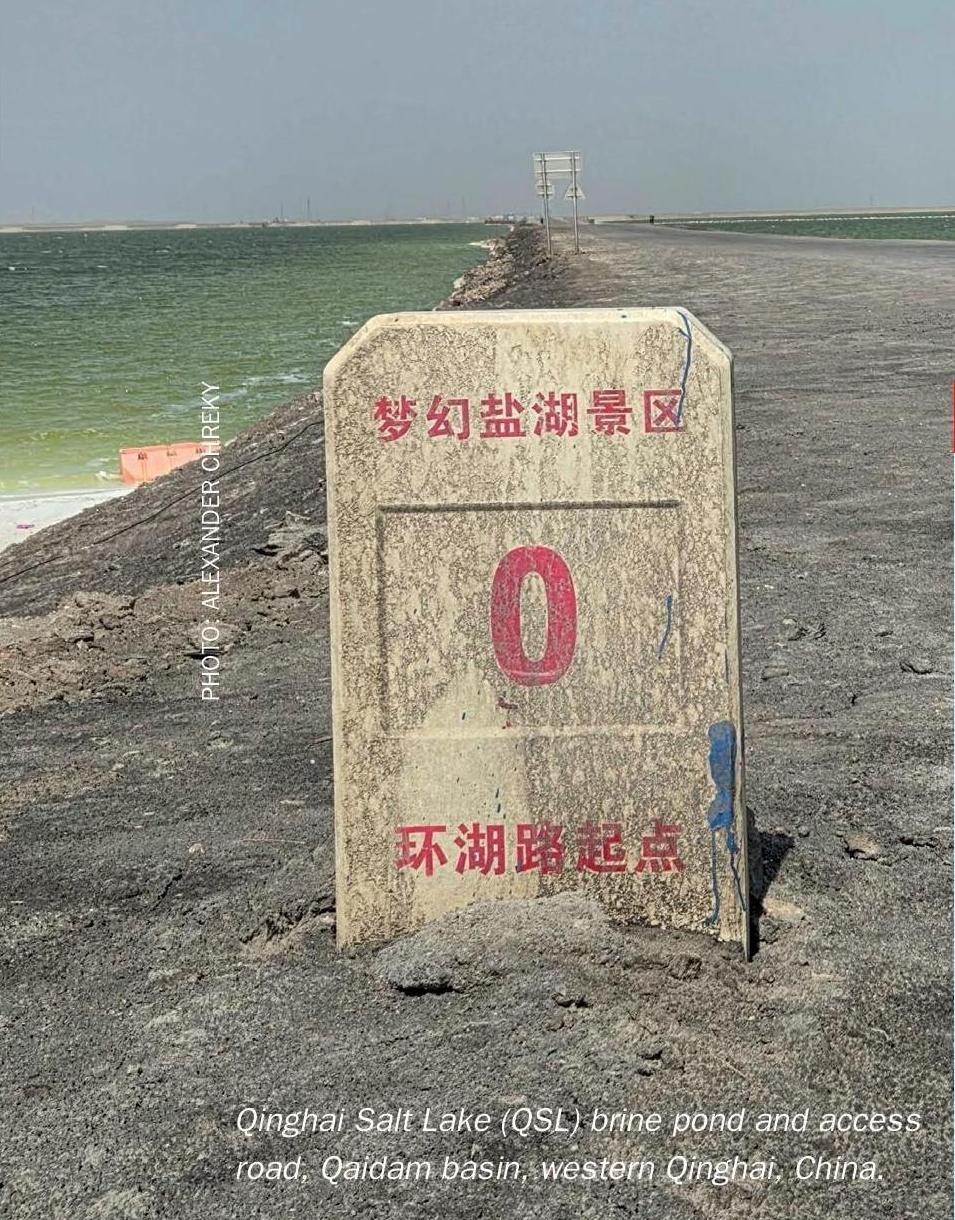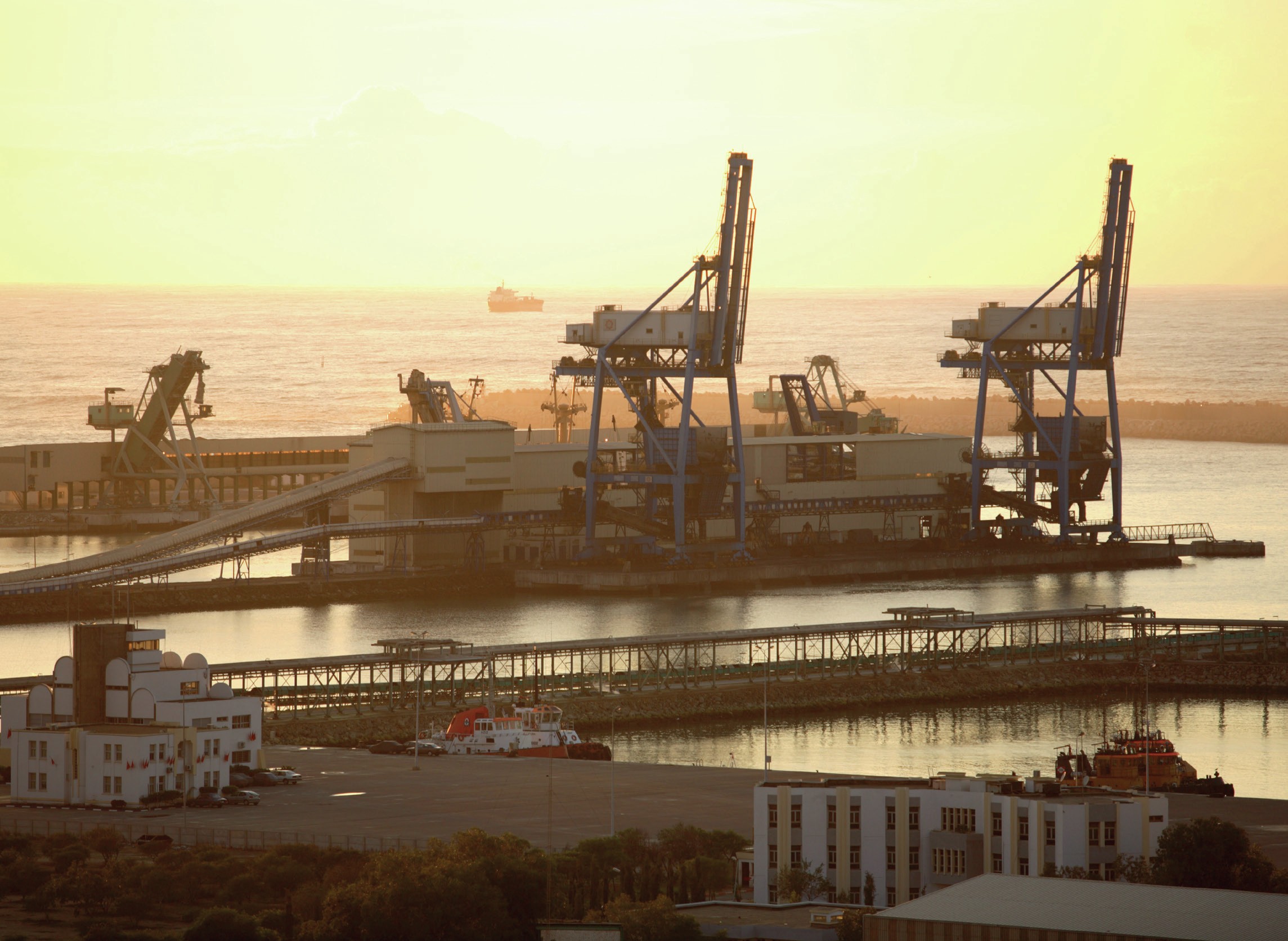Sulphur 386 Jan-Feb 2020
31 January 2020
Sulphuric Acid News Roundup
Sulphuric Acid News
SAUDI ARABIA
DuPont awarded Ma’aden service contract
The Ma’aden Wa’ad Al Shamal Phosphate Company (MWSPC) has signed a service agreement for a period of three years with DuPont Clean Technologies for its sulphuric acid plant at Sirhan. The service programme will include activity testing of catalyst samples, evaluation of catalyst performance, plant optimisation, troubleshooting and management of catalyst replacement. DuPont says that it will also track plant performance and assess its overall health using pre-agreed metrics and its proprietary PeGASyS™ gas chromatography system, which can be used to detect possible leaks in gas-gas heat exchangers, identify SO2 gas bypassing and measure overall plant conversion in order to optimise plant operation, reduce SO2 emissions, increase production and improve converter performance.
MWSPC is a joint venture between Ma’aden, Sabic and Mosaic and includes a phosphate complex with mining, beneficiation, phosphoric acid and sulfuric acid operations with a total capacity of 16 million t/a and a fertilizer facility with a capacity of 4.3 million t/a.
MWSPC senior management commented on the agreement saying, “Ma’aden’s vision is to be among the leading players in the global phosphate trade. MWSPC is one of three mega projects that contribute to this goal and as such we need to accomplish planned turnarounds swiftly, as planned and with optimal performance gains.
EGYPT
Contract signed for phosphoric acid plant
The China State Construction Engineering Corporation (CSCEC) and Wengfu Group have signed an engineering, procurement and construction contract with Egypt’s Phosphate Misr Company to build a phosphoric acid plant at Abu Tartour in the southwest of Egypt. The plant is estimated to cost $850 million, and will take 30 months to construct, followed by a trial operation and production period. At capacity, it will produce 900,000 t/a of phosphoric acid, for use in phosphate fertilizer manufacture, making it the second largest phosphoric acid plant in the world, according to CSCEC. The Chinese companies’ scope of work covers the plant itself, as well as on-site storage, processing and transport facilities and associated utilities. Wengu has also signed long-term offtake contract for 500,000 t/a of phosphoric acid. The complex also includes 1.6 million t/a of sulphuric acid capacity.
TUNISIA
China looking to invest in phosphate industry
The Tunisian government says that a consortium of Chinese and Tunisian investors has approached it with a proposal to recover phosphates from mine tailings in the southwest of Tunisia. However, the announcement has not been well received by the state-run Compagnie des Phosphates des Gafsa (CPG), which operates the mines and owns the mine tailings. CPG has previously prevented local companies from such a move, regarding the tailings as a strategic resource which it can turn to in the future when its phosphate mines’ productivity declines. CPG has been operating since 1899, and has produced a huge tonnage of mine tailings which contain 15-25% recoverable phosphate, according to the government. However, while CPG has conducted trials on flotation-based recovery techniques, it has not as yet proceeded with them because of the large volumes of water and additives that would be required.
The Tunisian government is keen to boost the country’s phosphate output – prior to 2012, Tunisia was the world’s fifth largest phosphate producer, but production has been hampered by strikes and industrial action since then. The government says that it hopes to raise production in 2020 from the 4.3 million t/a produced in 2019 to a target of 6.1 million t/a.
DEMOCRATIC REPUBLIC OF CONGO
Acid plant set for 1H 2020 start-up
Glencore has provided an update on its Katanga Mining subsidiary in the Democratic Republic of Congo (DRC). Katanga owns 75% of the Kamoto Copper Company, partnered by state-owned Gécamines. Work on the new sulphuric acid plant at Kamoto is said to be 75% complete, and work on the second and third phases of the project, including sulphur dioxide production and a steam turbine generator is “progressing”, according to the company. Phase 1 engineering, procurement, fabrication and delivery and civil engineering is complete, with structural, mechanical, plate work, piping and electrical and instrumentation installation progressing. Commissioning of the acid plant is scheduled during the first half of 2020, and the SO2 plant and power generation during the second half of the year.
UNITED STATES
MECS technology selected for new mine
NioCorp Developments Ltd. has selected DuPont’s MECS® sulphuric acid technology for its Superalloy Materials Project in southeast Nebraska. The acid plant will be designed to maximise energy recovery and emissions control to ensure best-in-class environmental performance, according to DuPont. NioCorp has already obtained the federal permits needed for construction of the Elk Creek Project according to CEO Executive Chair of NioCorp, Mark Smith. The minerals NioCorp plans to produce at Elk Creek; niobium, scandium and titanium, are all considered “critical” by the US government.
“We are pleased to partner with Nio-Corp on this important project,” says Eli Ben-Shoshan, President, DuPont Clean Technologies. “We have extensive experience providing world-leading sulphuric acid technologies and ongoing support to mining companies around the globe. Emissions control is a fundamental part of what we do, so we are delighted to assist Nio-Corp in achieving its environmental goals.”
Mosaic cuts phosphate production in Florida
Low market prices have prompted Mosaic to cut phosphate production at its central Florida operations by 150,000 tons per month, or around 25%. Mosaic’s plant in Bartow will be idled for the duration of the production cuts, although no layoffs are anticipated. Once of the concerns about Bartow remains water seepage from a phosphogypsum stack at the site. Meanwhile, phosphate prices at Tampa have been running below $270/t, compared with $420/t a year earlier, with bad weather in North America hindering applications, and low crop prices reducing demand globally. Mosaic also idled operations at St James’ Parish in Louisiana last year, reducing production by 500,000 t/a, and closed its Plant City facility in Florida, although St James’ Parish has since restarted. Longer term, however, Mosaic says that it anticipates better demand in 2020 and a return to higher prices.
INDIA
Argument over Tuticorin air quality
As the legal arguments over the future of Vedanta’s Sterlite Copper Smelter continue, the latest bone of contention has become air quality figures for the region. A local non-governmental organisation (NGO) has said that data collected by the Tamil Nadu Pollution Control Board from three monitoring stations near the Sterlite plant show that air quality has seen a significant improvement since the shutdown of the smelter – now idled for nearly two years, with an increase in the number of days with “acceptable” air quality increasing from 44% to 73% after the closure.
However, the company disputes these figures, arguing that average annual SO2 levels recorded at the Fisheries College, the closest monitoring stations to the smelter, showed a decrease only from 13 microgrammes per cubic metre to 12 μg/ m3 from 2017/18 to 2018/19.
CHILE
Fewer copper projects received environmental clearance in 2019
Chile’s environmental regulator (SEIA) approved one third fewer mining projects in 2019 than the previous year. According to its most recent report, SEIA approved 47 mining projects in the period January-November 2019, valued at a total of $1.5 billion, compared to 73 projects with a value of $12.2 billion in 2018. Approved projects include Codelco’s Ministro Hales expansion, where there is a 10-year $360 million exploration programme, and a $250 million works programme at Codelco’s Andina operations, where extraction works will be diverted away from glaciers and the size of the waste material deposit will be expanded.
NEW CALEDONIA
Vale to sell its nickel operations in 2020
Vale says that it intends to exit its high pressure acid leach (HPAL) nickel operation at Goro in New Caledonia some time during 2020. Speaking at an investor conference in London in December, CFO Luciano Siani said that the group has been conducting a review of “non-performing” assets, and had decided that it does not “have the competence to raise the production levels with this technology to where we want it to be. Others may have this competence,” Siani said. In November Vale took a $1.6 billion write-down of the value of the New Caledonian assets for 4Q 2019. A combination of accidents, technical difficulties and protests have seen production struggle, down to 23,000 tonnes of nickel in 2019 from 40,000 tonnes in 2017, and less than half of the plant’s nameplate capacity. The Goro facility is expected to be idled until a buyer can be found.
Vale says that it intends to increase output from its Canadian and Indonesian nickel operations to more than offset the decline in New Caledonian production, and that it continues to see nickel as a core activity, with anticipated demand coming from batteries for electric vehicles. In Indonesia it is partnering Sumitomo Metal Mining to build a 40,000 t/a HPAL plant. There is also a ferronickel joint venture with another Chinese company which is targeting 700,000 t/a of production.
BRAZIL
Feasibility study completed on HPAL project
Horizonte Minerals says that its pre-feasibility study (PFS) on the Vermelho nickel laterite project indicates that the resource will generate $7.3 billion in total cash flow over 38 years. The company acquired the asset last year from Vale for $8 million, and is aiming to produce nickel and cobalt sulphate for the battery industry. The PFS puts initial capital expenditure at $652 million, and estimates that at full production Vermelho would produce an average of 25,000 t/a of nickel and 1,250 t/a of cobalt per year using a high-pressure acid leach (HPAL) process. Horizonte says that it hopes to find a strategic joint venture partner to co-develop the deposit, and has indicated that it would ideally like to work with Japan’s Sumitomo, to replicate the success of the latter’s Coral Bay HPAL plant in the Philippines.
CHINA
Dongying Fangyuan denies bankruptcy rumours
Shandong-based copper smelter Dongying Fangyuan has denied rumours that the company is close to bankruptcy, although it has admitted a “liquidity shortage” which has prevented the company from issuing letters of credit. The company also denied that it had cut back copper production. The company produced 750,000 tonnes of refined copper in 2018. Recent court filings indicate that there are currently two outstanding lawsuits attempting to enforce payment of $83 million in debts by Fangyuan.
Chinese copper smelters have been facing weaker margins as an economic slowdown and trade tensions with the US have impacted upon copper demand, and treatment and refining charges (TC/RCs) fell to their lowest level in seven years, down 27% during 2019 alone, before rising marginally for the first quarter of 2020 as production cuts in the smelting sector finally began to show an effect. However, smelter capacity has been increasing rapidly, up 900,000 t/a in 2019, and another 350,000 tonnes in 2020, according to Chinese research house Antaike. Investment firms are nevertheless bullish on copper demand for 2020, with Citigroup predicting a 2.6% rise in Chinese demand this year.
PERU
Southern Copper on cusp of major expansion
In December, the president of Southern Copper Peru, Oscar Gonzales Rocha, announced that the company intended to invest more than $8 billion over the next five to expand its mining and smelting operations in Peru. There is a feasibility study on an expansion of mining at Cuajone in the Moquegua region to take mine output from 85,000 t/a to 120,000 t/a. The company is also conducting an environmental impact assessment on its Los Chancas project, and is conducting scoping studies on its newly acquired Michiquillay deposit, where Southern Copper hopes to be producing copper by 2023-25. Additionally, there will be a new smelter at Ilo, and in October the Peruvian government finally approved the huge $1.4 billion Tia Maria project in Arequipa, after delays since 2011 because of local opposition to the mine’s environmental impact. Copper output at Tia Maria is expected to be 120,000 t/a.






